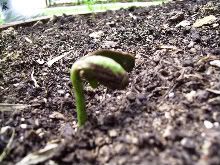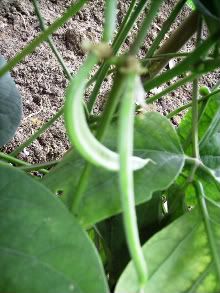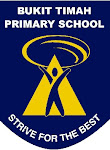
Picture From 3M
Explain clearly how clothes/gear with reflective material can help a person cycling at night?
Whenever you are unsure about how to answer a question, you can compare the situation to a reverse situation: here - wearing clothes with no reflective material.
















